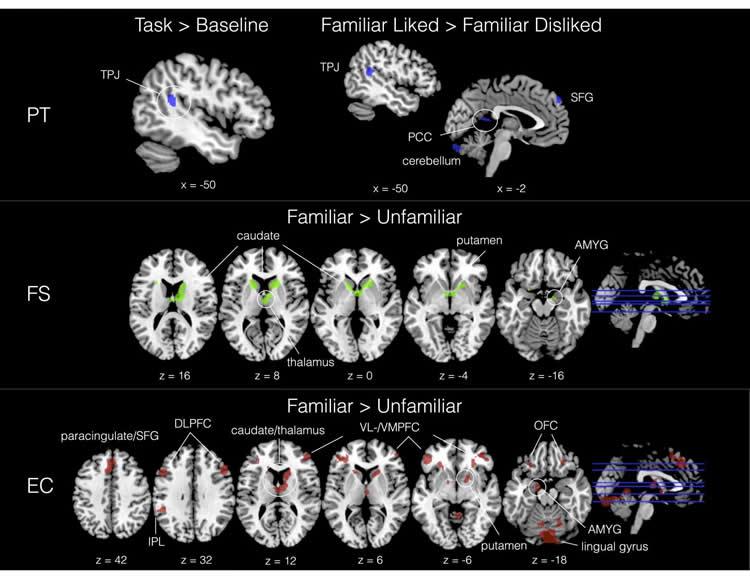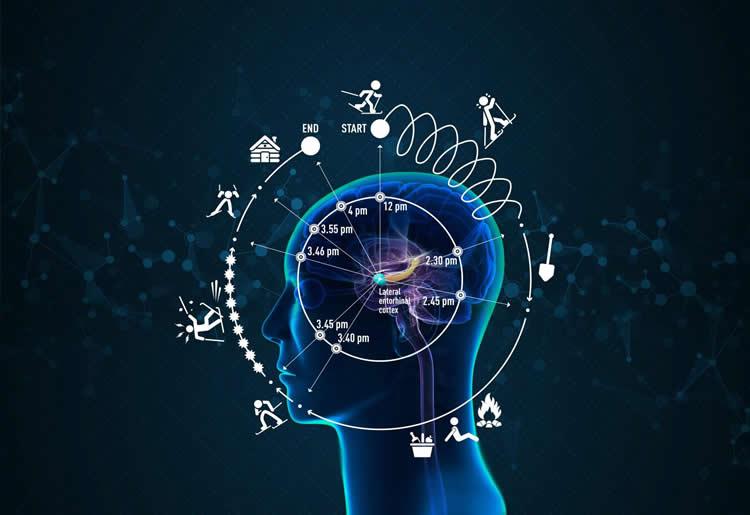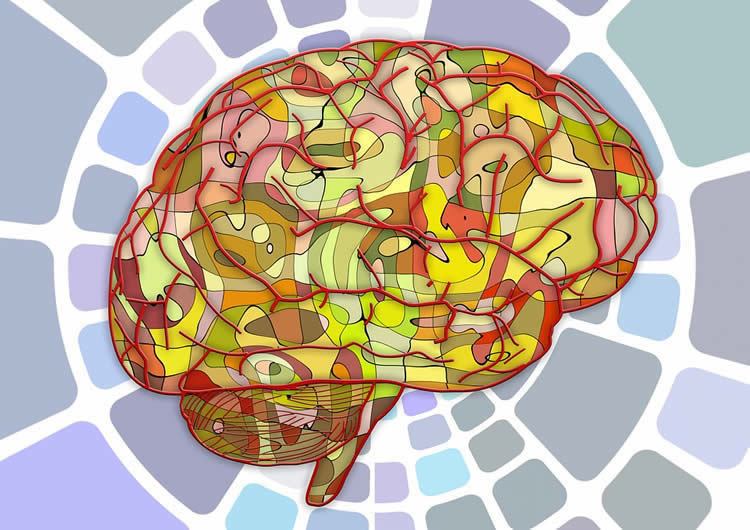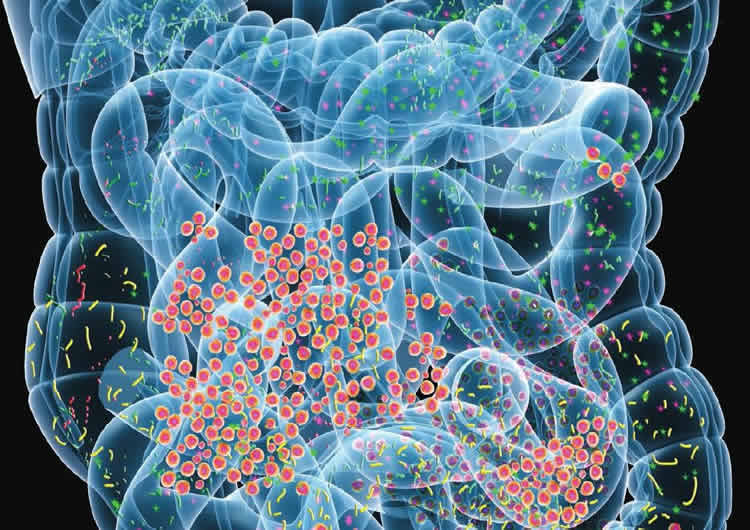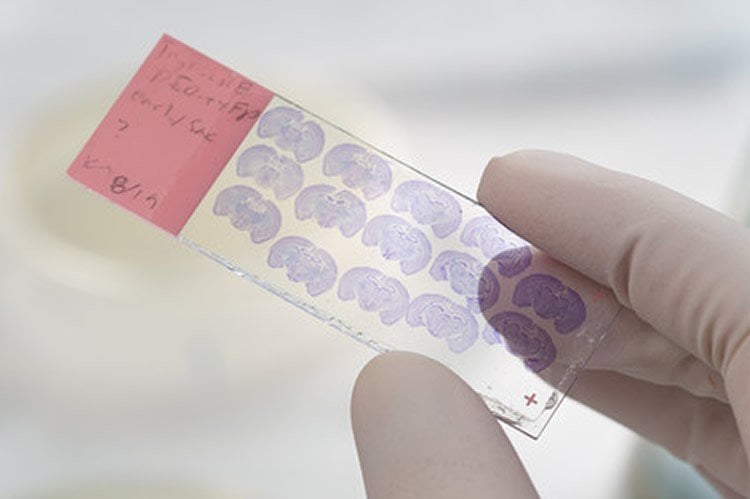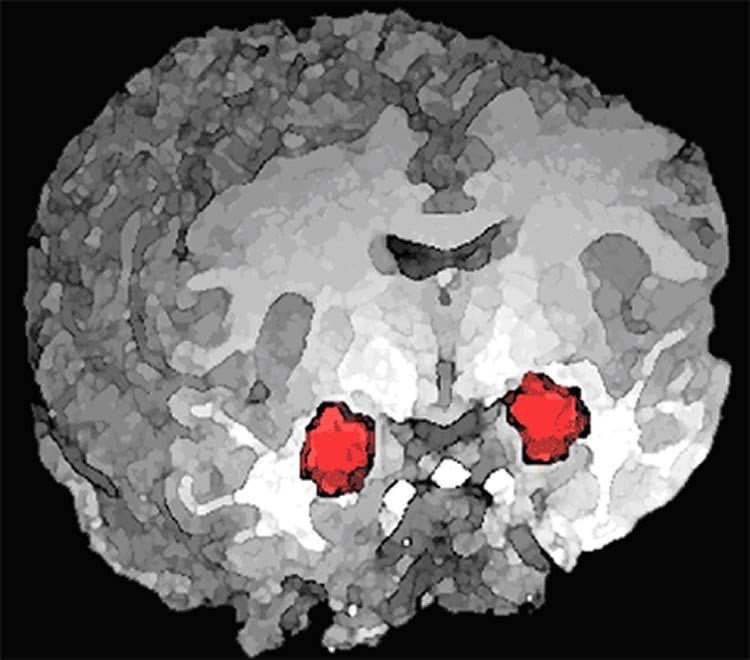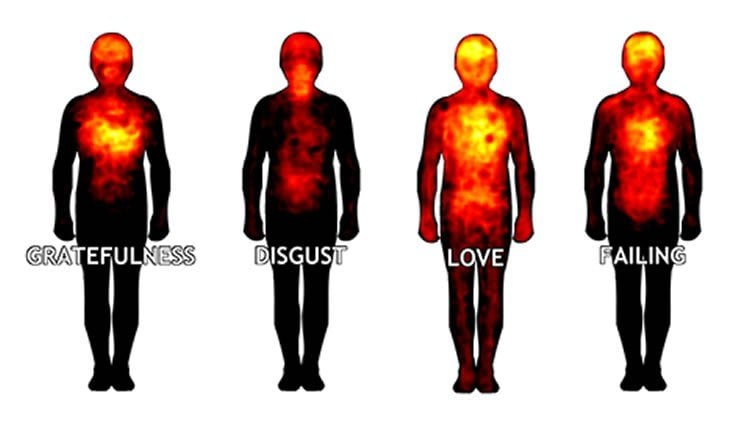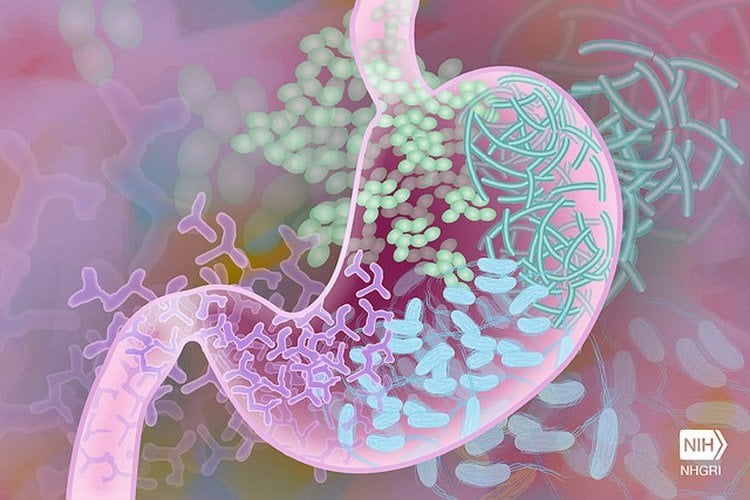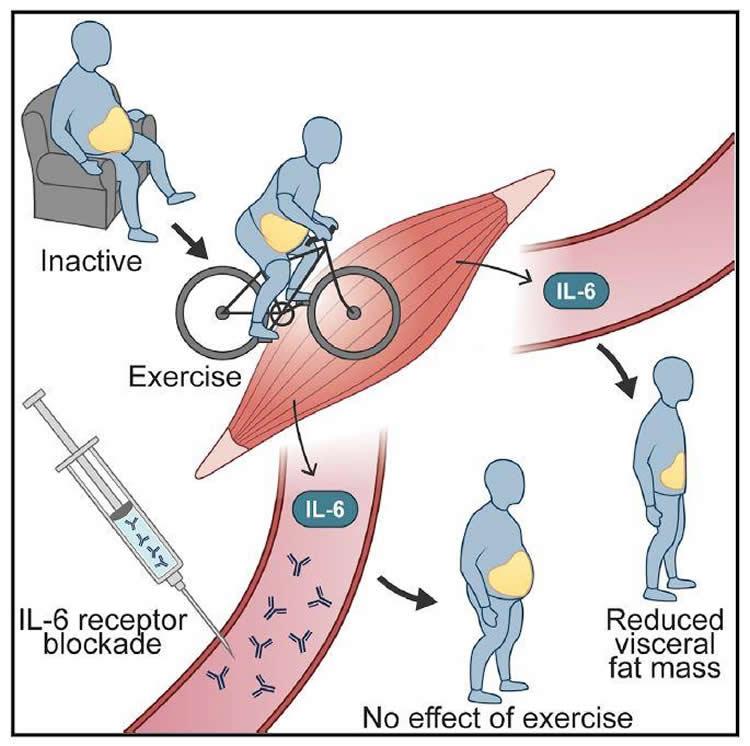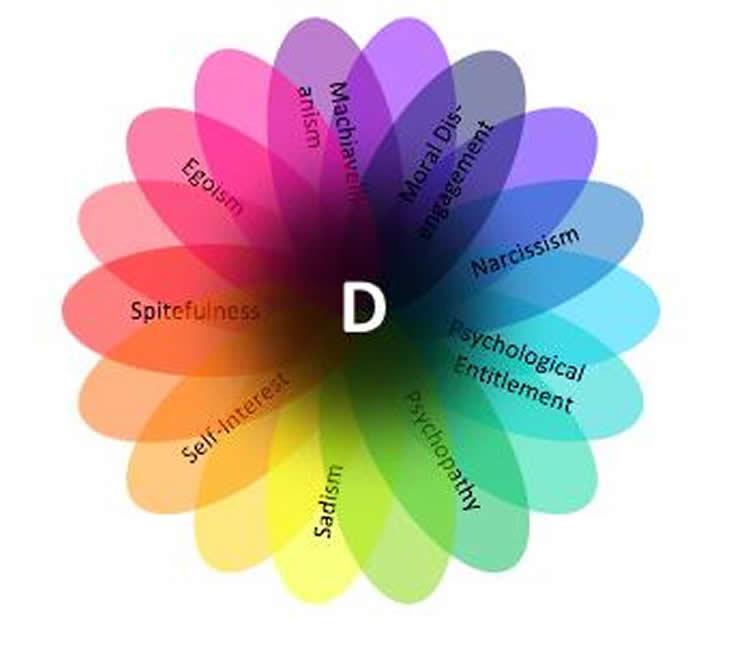Summary: 2019 is finally here. We thought it would be a good time to look back at some of the most popular Neuroscience News stories of 2018.
Source: Neuroscience News.
2018 was an amazing year for neuroscience research breakthroughs. We have been fortunate enough to cover the best neuroscience news from top researchers and share the advances with our readers. As some what of a tradition, we thought we would recap some of the most popular stories we have covered over the past year.
The news stories we have selected are based on the posts that received the most views on our website, as well as the most shared articles from Facebook, Reddit, Twitter, Google+ and our other social networks. Some of these stories were also picked up by other major news outlets.
We selected the following twenty posts based on the popularity among our audience, not necessarily upon the importance of the research.
We would like to thank all of our readers and fans on social media for sharing and enjoying our posts throughout 2018. Thank you for helping us grow and spread the ground breaking findings neuroscientists, and those in the fields of cognitive sciences, have worked hard to achieve.
In no particular order, here are our top twenty picks for the most popular Neuroscience News articles of 2018.
Happy New Year and thank you for your support!
1 – Higher Empathy People Process Music Differently in the Brain
Back in June, researchers from Southern Methodist University reported the brains of people with higher levels of empathy show differences in activity when processing music.
The study found those with higher empathy process familiar songs with greater involvement in the reward system and areas of the brain associated with social information processing.
2 – How the Brain Experiences Time
In August we reported researchers in Norway had identified a network of cells in the entorhinal cortex that appear to play a key role in putting things we experience into a temportal context.
The network of neurons is responsible for expressing our since of time within experiences and memories, providing a ‘timestamp’ for events. The cells assist in keeping track of the order of events within the memory of an experience.
The study reveals how the brain makes sense of time as an event is experienced, but does not explicitly encode time itself. The network organizes the flow of experience into an orderly sequence of events.
Researchers conclude by changing activities you engage in, in the content of your experience, you may be able to change the way time is perceived.
3 – Study Tackles Neuroscience Claims to Have Disproved “Free Will”
In March, North Carolina State University researchers published a quantitative review that called into question previous findings and assumptions about the neuroscience of free will.
Researchers reported the interpretations of previous free will studies were driven by the metaphysical position of the authors, and not by a careful analysis of the results themselves.
In essence, the study found those who opposed the concept of free will interpreted the results of their studies to support their personal position.
4 – Probiotic Use is a Link Between Brain Fogginess and Severe Bloating
A study in August reported probiotic use may not be as good for your digestive or brain health as previously assumed.
Researchers from the Medical College of Georgia at Augusta reported some probiotics can induce significant belly bloating and brain fog.
The study found higher levels of D-lactic acid in the small intestines of people taking probiotics. D-lactic acid is known to be temporarily toxic to brain cells, interfering with cognitive ability and our perception of time.
However, researchers conclude probiotics do have benefits for those with gastroenteritis and other problems associated with lower levels of natural gut bacteria.
5 – The Neurological Disorders in Alice in Wonderland
Back in January, we reported on new research that investigated the possible psychological and neurological disorders experienced by characters in the children’s classic, Alice in Wonderland.
The paper reviewed the phenomena of Alice in Wonderland syndrome (AIWS), a condition usually found in younger people who experience distortions in the size of objects and body parts as a result of suffering from migraines. Author Lewis Carroll is believed to have drawn from his own experiences as a migraine sufferer when creating the character of Alice.
Researchers also looked at other psychological and neurological conditions, such as prospagnoisia and depersonalization, in relation to characters in the novel.
6 – New Type of Depression Identified
During June, researchers from Hiroshima University reported they had identified a new type of depression.
The study revealed a protein, RGS8, controls the MCHR1 hormone receptor. MCHR1 helps regulate sleep and mood responses. An excess of RGS8, researchers discovered, resulted in more depressive behaviors in mice.
Researchers believe the findings may help to explain why some patients are resistant to current antidepressants.
7 – Immune System Activation in Newborns May Affect Developing Brain
McLean Hospital researchers revealed in January that immune system activation, which occurs as a result of infection shortly after birth, may cause neurodevelopmental disorders in children.
The study reported even brief activation of the immune system within days of birth can cause persistent alterations in sleep patters, concurrent with an increase in epilepsy like brain activity.
The study adds to a growing body of evidence that ties early immune system activation, caused by bacterial or viral infections, to ASD and other neurodevelopmental disorders.
8 – Footwear Habits Influence Child and Adolescent Motor Skill Development
Good news for all of us who love to go barefoot. In July, researchers reported children who habitually go barefoot have significant difference in motor skills between the ages of 6 and 10 than those who tend to prefer wearing shoes.
The study found those who are habitually barefoot have better balancing and jumping skills, and show improved sprinting motor performance during childhood.
While the beneficial effects of going barefoot are reduced as we age, the study demonstrates the importance of barefoot exercise during child motor development.
How well we know our real selves may be under question, according to a study released in September.
Researchers reported our actual identity is often not a true representation of who we really are, as we don’t access and use all available memories when creating a personal narrative. Subconsciously, we may pick and choose what we actually remember when we create our personal narrative.
The study concludes we may constantly create false memories to help us achieve the identity we want.
10 – Leg Exercise is Critical to Brain and Nervous System Health
A groundbreaking study released in May revealed weight bearing leg exercises may be key to both brain and nervous system health.
The study found leg exercises help send signals to the brain that could be vital for the production of healthy neurons.
11 – Microbial Activity in the Mouth May Differentiate Children with ASD
In August, researchers reported children on the autism spectrum have differences in oral microbial gene expression from their peers not on the spectrum.
The findings suggest gastrointestinal microbiome distribution associated with autism may extend to the mouth and throat.
Researchers believe the findings may serve as a new biomarker for diagnosing ASD.
12 – Fat Consumption is the Only Cause of Weight Gain
In July, we reported on a controversial study that claimed dietary fats, and not sugars or proteins, are the main contributors to weight gain.
The lead researchers, John Speakman, said “The result of this enormous study was unequivocal – the only thing that made the mice get fat was eating more fat in their diets.”
The study provides clues to the effect different diets may have in humans.
13 – How Brains of Doers Differ From Those of Procrastinators
A neuroimaging study performed by researchers at Ruhr-Universität Bochum identified neurobiological differences in the brain of those who procrastinate and those who are more motivated.
The study found people who procrastinate tend to have larger amygdalas. Additionally, the connection between the dorsal anterior cingulate cortex and amygdala is less pronounced than in ‘doers’.
14 – Bodily Sensations Give Rise to Conscious Feelings
Consciousness may stem from bodily feedback, researchers reported back in August.
In a study, researchers were able to map the organization of conscious feelings, which cluster into five main categories: negative emotions, positive emotions, cognitive function, somatic state and illness.
15 – Artificial Sweeteners Have Toxic Effects on Gut Bacteria
In October, researchers at Ben-Gurion University reported FDA approved artificial sweeteners and some sports supplements are toxic to digestive gut bacteria. The study found digestive system bacteria became toxic when exposed to small concentrations of artificial sweeteners.
Researchers suggested the consumption of artificial sweeteners adversely impact gut microbial activity and may cause a range of health issues, from cancer to type 2 diabetes.
16 – How Exercise Reduces Belly Fat in Humans
In late December, we reported on the role interelukin 6 plays in helping to reduce body fat through exercise.
Researchers report IL-6 may play a key role in the process of breaking down fat via exercise as it regulates energy metabolism and is released from skeletal muscles during exercise.
Future studies will focus on the possibility that IL-6 affects whether fats or carbohydrates are used to generate energy under various conditions. They will also look at whether IL-6 given via injection can help reduce visceral fat on its own.
17 – Psychologists Define the ‘Dark Core of Personality’
In September, researchers at the University of Copenhagen reported they had identified a common denominator for ‘dark’ personality traits.
Dubbed the D-factor, researchers say the common characteristic can be defined as a general tendency to maximize personal goals and interests over those of another. This extends to people with dark personalities often taking pleasure at hurting others to achieve their goals.
18 – Eye Movements Take Edge off Traumatic Memories
A study published in the Journal of Neuroscience back in September reported the controversial psychotherapy technique, Eye Movement Desensitization and Reprocessing (EMDR), may be a useful tool in suppressing traumatic memories.
Researchers reported EMDR helped suppress fear related amygdala activities during the recall of traumatic events and memories. They suggest EMDR has the potential to re-code the emotional content of a traumatic memory.
19 – Meditation and Breathing Exercises Can Sharpen Your Mind
Back in May, researchers reported controlled breathing, a key element of meditation, can help enhance attention and improve overall brain health.
The study found controlled breathing directly affects noradrenaline levels in the brain, helping to reduce stress and improve focus.
20 – Three Types of Depression Identified
Our final top story of 2018 comes from researchers at OIST.
In October, researchers reported they used neuroimaging technology to identify three different and distinct subtypes of depressive disorder. One of the subtypes appears to be untreatable with common SSRI antidepressants.
The three subtypes are characterized by two main factors, functional connectivity patterns synchronized by different brain regions and childhood trauma experiences. The connectivity in regions involving the angular gyrus played a large role in determining whether SSRIs would be effective at treating the depression type in individuals.
Source: Victoria Driscoll – Neuroscience News
Publisher: Organized by NeuroscienceNews.com.
[cbtabs][cbtab title=”MLA”]Neuroscience News”Top 20 Neuroscience News Stories of 2018.” NeuroscienceNews. NeuroscienceNews, 4 January 2019.
<https://neurosciencenews.com/top-20-neurosciencenews-2018-10436/>.[/cbtab][cbtab title=”APA”]Neuroscience News(2019, January 4). Top 20 Neuroscience News Stories of 2018. NeuroscienceNews. Retrieved January 4, 2019 from https://neurosciencenews.com/top-20-neurosciencenews-2018-10436/[/cbtab][cbtab title=”Chicago”]Neuroscience News”Top 20 Neuroscience News Stories of 2018.” https://neurosciencenews.com/top-20-neurosciencenews-2018-10436/ (accessed January 4, 2019).[/cbtab][/cbtabs]



